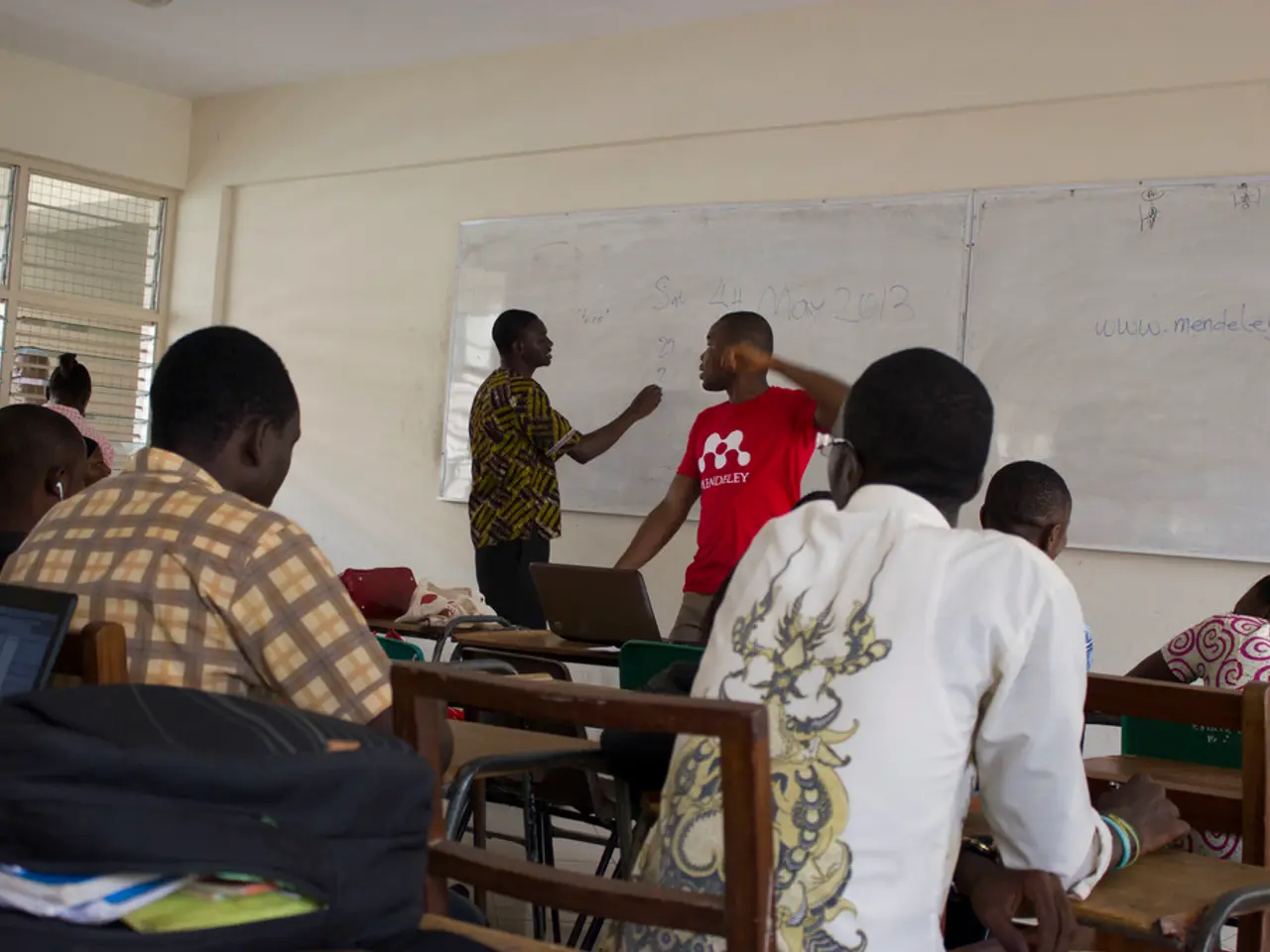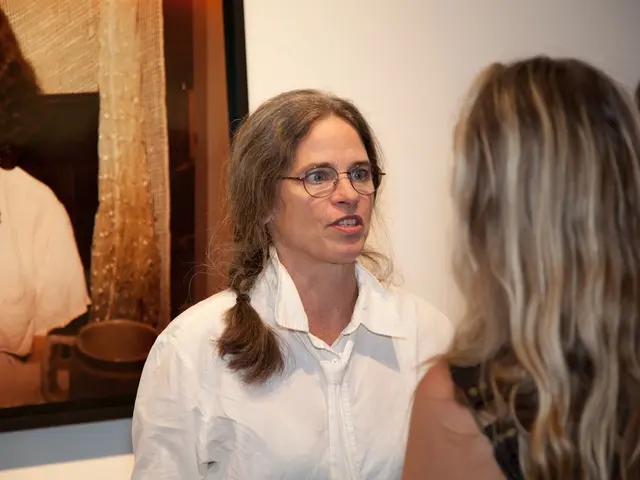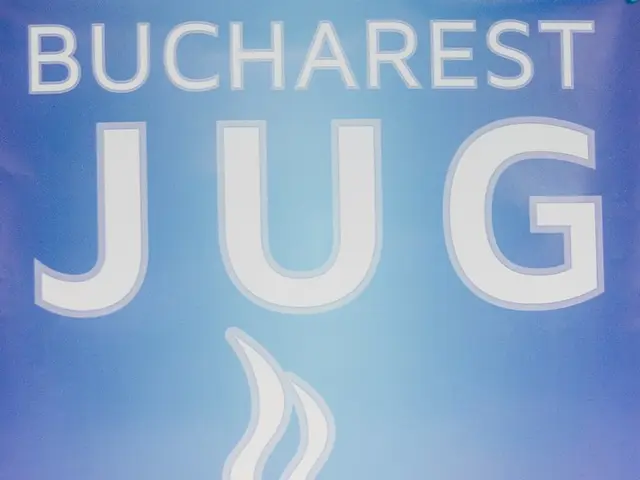Strategies for Tailored Teaching Approaches in Heterogeneous Class Settings
In the ever-evolving landscape of education, a new trend is emerging: differentiated instruction techniques. These innovative approaches aim to cater to the diverse learning preferences and needs of students, ensuring no one is left behind.
Future trends in differentiated instruction include the increased use of adaptive learning software, the incorporation of culturally responsive teaching practices, collaboration among educators, and the emphasis on social-emotional learning alongside differentiated instruction.
To effectively implement these techniques, educators must be well-versed in the latest technological tools. Examples of such tools include Learning Management Systems (LMS), Adaptive Learning Software, and Interactive Tools. However, assessing student progress in a differentiated environment necessitates developing appropriate assessment tools that fairly evaluate individual student performance while aligning with differentiated instruction techniques.
Differentiated instruction techniques are vital in teacher training, as they equip educators with the skills necessary to cater to diverse learning preferences and needs in the classroom. Effective teacher training programs for implementing differentiated instruction techniques focus on equipping educators with knowledge, skills, and ongoing support to tailor instruction to diverse student needs, including gifted learners.
Key components and best practices include specialized coursework and foundational knowledge, practical, evidence-based strategies, modeling collaborative and co-teaching approaches, ongoing professional development and collaborative support, resource allocation and systemic support, and modifying content.
Incorporating technology effectively requires educators to be well-versed in its applications. Workshops and training programs provide teachers with practical knowledge and hands-on experience in differentiated instruction techniques. Collaborative learning communities further bolster professional development by creating networks of support among educators, allowing them to share resources, discuss challenges, and exchange best practices regarding differentiated instruction.
Despite the benefits, challenges persist. The time constraint is a significant challenge in implementing differentiated instruction, requiring extensive preparation and continuous adaptation of lessons. Classroom management can be difficult when catering to different student needs simultaneously, potentially disrupting the flow of the lesson and creating imbalances in group dynamics.
However, the rewards are substantial. Successful implementation of differentiated instruction has been documented in various educational settings, resulting in improved academic performance, student satisfaction, and higher levels of student engagement and motivation. Differentiated instruction techniques enhance student engagement by creating an inclusive environment that motivates learners.
In conclusion, effective teacher training programs for differentiated instruction integrate theory with practical applications, collaborative teaching methods, and sustained professional development, fostering inclusive classrooms responsive to diverse student abilities and interests. By adopting these techniques, educators can empower their students to reach their full potential.
References:
[1] National Centre for Differentiation in Education. (n.d.). Differentiated Instruction: A Comprehensive Guide for Teachers. Retrieved from https://www.ncde.org/differentiated-instruction-comprehensive-guide-teachers
[2] Tomlinson, C. A. (2001). The Differentiated Classroom: Responding to the Needs of All Learners. Association for Supervision and Curriculum Development.
[3] Renzulli, J. S. (2002). Schools for Talent Development: A Practical Guide to Meeting the Needs of Gifted and Talented Students. Corwin Press.
[4] DuFour, R. (2010). Professional Learning Communities at Work: Best Practices for Enhancing Student Achievement. ASCD.
Read also:
- Reinventing Parental Roles Through Self-Healing: A Prominent Approach Drawing from Therapy Practices
- Discussion between Catching Cairo and Doktor, hosted by BHM and DNB
- Nurturing Bookmarks for Children: Encouraging Their Passion for Reading
- Reasons to Opt for an LLC or Business License Initially for Your New Venture




